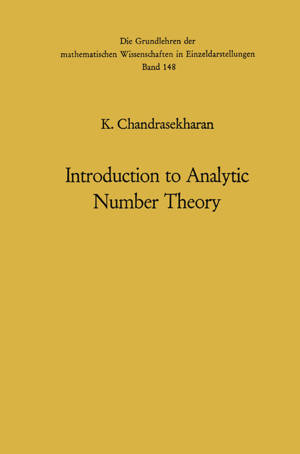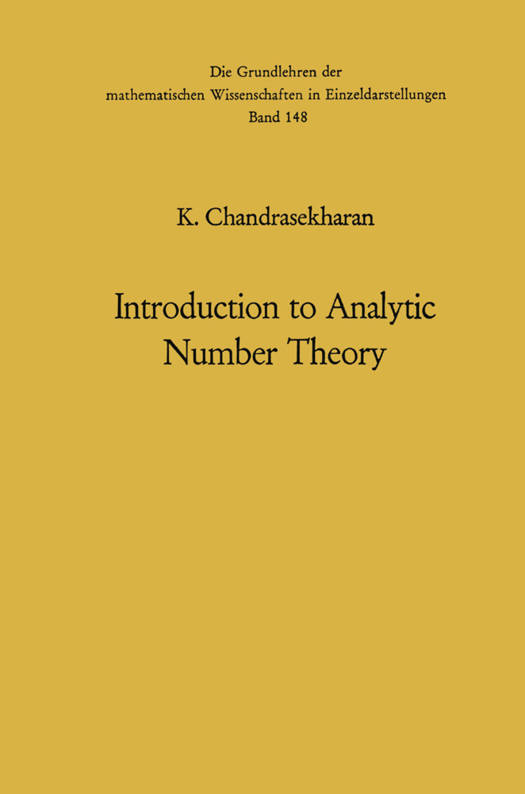
- Afhalen na 1 uur in een winkel met voorraad
- Gratis thuislevering in België vanaf € 30
- Ruim aanbod met 7 miljoen producten
- Afhalen na 1 uur in een winkel met voorraad
- Gratis thuislevering in België vanaf € 30
- Ruim aanbod met 7 miljoen producten
Zoeken
Omschrijving
This book has grown out of a course of lectures I have given at the Eidgenossische Technische Hochschule, Zurich. Notes of those lectures, prepared for the most part by assistants, have appeared in German. This book follows the same general plan as those notes, though in style, and in text (for instance, Chapters III, V, VIII), and in attention to detail, it is rather different. Its purpose is to introduce the non-specialist to some of the fundamental results in the theory of numbers, to show how analytical methods of proof fit into the theory, and to prepare the ground for a subsequent inquiry into deeper questions. It is pub- lished in this series because of the interest evinced by Professor Beno Eckmann. I have to acknowledge my indebtedness to Professor Carl Ludwig Siegel, who has read the book, both in manuscript and in print, and made a number of valuable criticisms and suggestions. Professor Raghavan Narasimhan has helped me, time and again, with illuminating comments. Dr. Harold Diamond has read the proofs, and helped me to remove obscurities. I have to thank them all. K.C.
Specificaties
Betrokkenen
- Auteur(s):
- Uitgeverij:
Inhoud
- Aantal bladzijden:
- 144
- Taal:
- Engels
- Reeks:
- Reeksnummer:
- nr. 148
Eigenschappen
- Productcode (EAN):
- 9783642461262
- Verschijningsdatum:
- 1/03/2012
- Uitvoering:
- Paperback
- Formaat:
- Trade paperback (VS)
- Afmetingen:
- 156 mm x 234 mm
- Gewicht:
- 226 g

Alleen bij Standaard Boekhandel
+ 396 punten op je klantenkaart van Standaard Boekhandel
Beoordelingen
We publiceren alleen reviews die voldoen aan de voorwaarden voor reviews. Bekijk onze voorwaarden voor reviews.








